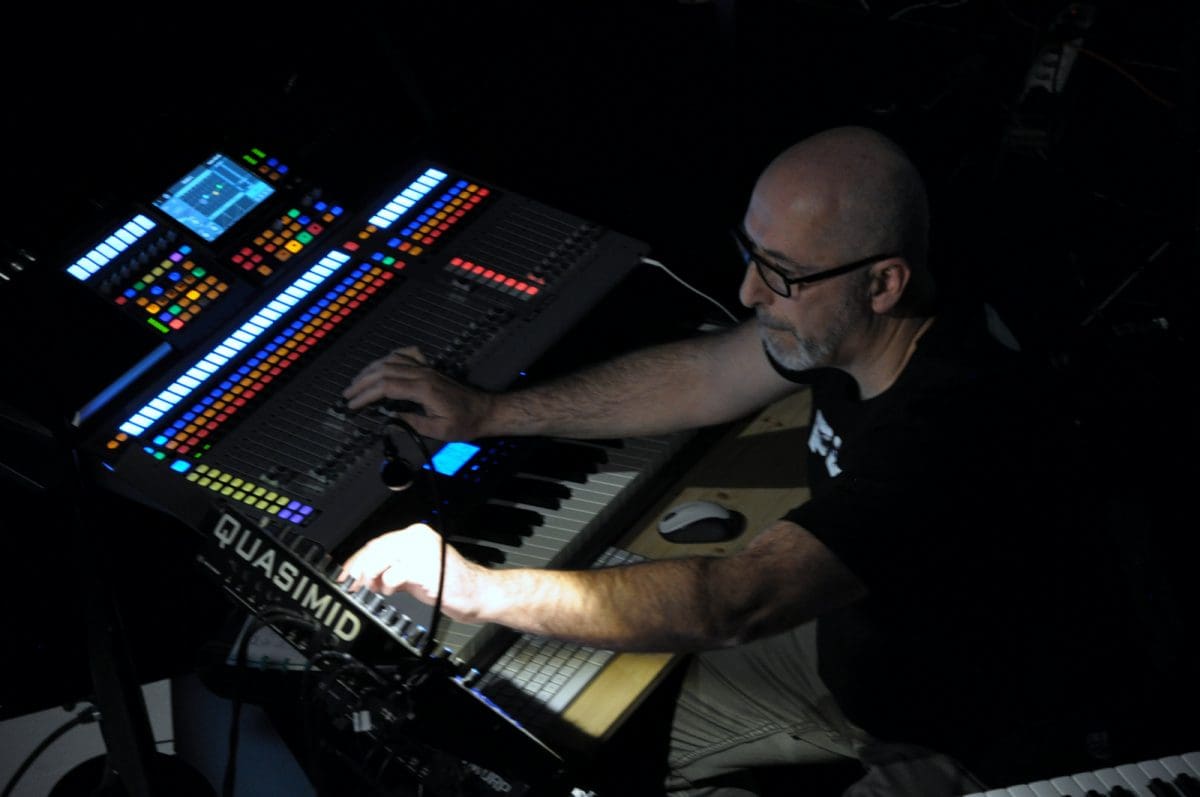How The Digital Age Changed Music Consumption


It’s not news that the music industry has undergone numerous changes since before the advent of technology. It has almost done a complete 360 from then to now. A decade ago, who would have thought that the record player would become no more than a piece of antique furniture on a side table. Or that the iPod would be nothing more than an ancient invention to the new generation. Advancements in technology have relegated the old ways to the back seat, and electronic music and streaming platforms have almost completely taken over.
Internet Streaming
Based on a 2018 Nielsen study, there were 611 billion song streams in that year alone. Popular streaming apps like Spotify, Pandora, TIDAL, and Apple Music are the leading streaming platforms, with dozens of others in hot pursuit.
Nowadays people stream just about anything: movies, music, games and more. One notable instance of this is with online casinos. The live casino allows players to stream land-based casino games remotely from an actual gaming studio. Why bother making the trip to the brick and mortar venues when technology has made it possible to get an identical experience while relaxing on your living room sofa. Even casino tournaments are now going live with all players participating remotely. Discover more of the latest casino gaming trends right here.
Smartphones and Digital Downloads
Information technology has been the fuel for most other electronic music discoveries. People used to go about with iPods containing their top playlists on autoplay. Nowadays, everyone is listening to music through their phones. The flip phones of that era were not equipped to handle anything more than calls and messages, but the smartphones we have today perform a wide range of activities. Even though streaming is leading the ranks, digital downloads are still very active in many parts of the world.
Social Media
This is one medium that cannot be left out. Social media is the most significant information disseminator in the digital age, and music is no exception. However, there have been quite a few failed attempts at developing a strong network for music and musical activities such as iTunes’ Ping that was discontinued in 2012, and Twitter’s #music which collapsed in 2014.
Nonetheless, we’ve seen successful ones like Vine and the current rave on every social media platform, TikTok.
Instagram and Facebook remain huge influences on the dissemination and consumption of the latest songs to hit the charts.
CDs – Where Are They Now?
Music superstars are no more concerned about selling the highest number of CDs at a retail outlet because the parameter for success has become the number of streams an artist gets.
Physical music sales have been on a downward spiral since the advent of smartphones, and when streaming took off, they became practically non-existent. However, Vinyl has been the unprecedented saving grace for physical records. Top names in the music industry, like the Jonas Brothers, have released their albums in Vinyl and are slowly bringing back the trend.
Final Words
It’s not just the way consumers gain access to music that has changed, but the entire industry itself. The benefits of the modern means of music consumption extend to the eradication of piracy, which used to be a constant battle for stakeholders. Limits and borders have been transcended. Artists are no longer confined to a single genre, as we saw in the unlikely collaboration between rapper Lil Nas X and country singer Billy Ray Cyrus.
International acts like BTS are breaking boundaries in the US, and top artists are now making unconventional surprise album drops with no prior promotional marketing. At the start of the decade, the music industry was a shadow of what it is now. With all these advancements, listeners have greater access to music than ever before.
Since you’re here …
… we have a small favour to ask. More people are reading Side-Line Magazine than ever but advertising revenues across the media are falling fast. Unlike many news organisations, we haven’t put up a paywall – we want to keep our journalism as open as we can - and we refuse to add annoying advertising. So you can see why we need to ask for your help.
Side-Line’s independent journalism takes a lot of time, money and hard work to produce. But we do it because we want to push the artists we like and who are equally fighting to survive.
If everyone who reads our reporting, who likes it, helps fund it, our future would be much more secure. For as little as 5 US$, you can support Side-Line Magazine – and it only takes a minute. Thank you.
The donations are safely powered by Paypal.













